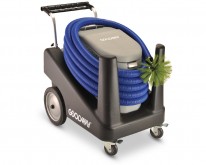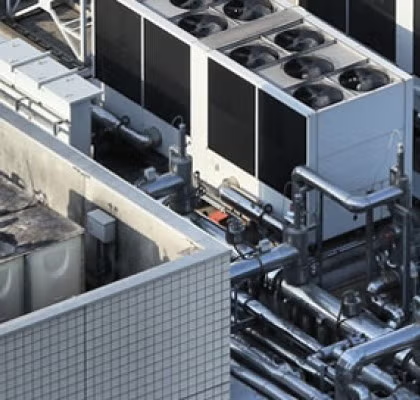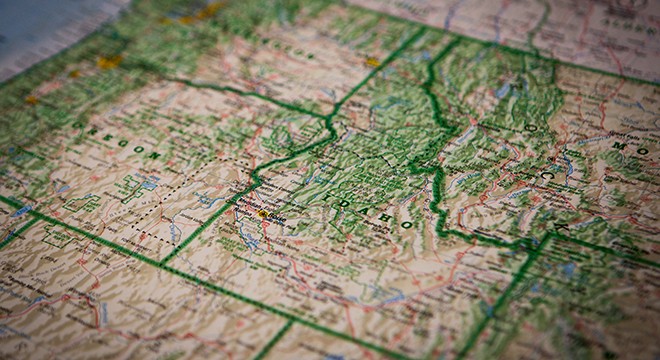Mold In HVAC: A Professional Guide to Removal
Facility Maintenance

Mold in your HVAC system - it's a common enough problem, and it's enough to keep facility professionals and HVAC contractors awake at night.
The first thing to understand is that mold is a natural occurrence and can grow just about anywhere. It's a very beneficial organism in nature, but give it a chance, and it could contaminate your building, making occupants sick before you even see it. Mold may be hidden, but its effects aren't. It can cause odors. It can aggravate asthma and cause headaches, skin irritation, and hay fever-type symptoms.
Repeat exposure can increase sensitivity to allergens or cause that sensitivity in the first place. It's not a matter of winning a battle against mold; it's more about waging an ongoing war.
Mold is always present in a building. There's more of it in warm, humid weather and less of it when it's cold and dry. But it's always there.
Though you will never get rid of it completely, you can control it. Mold needs food and water to grow since it can feed on just about anything. You need to control it by reducing moisture and implementing an ongoing mold maintenance program.
One of the fastest ways to spread mold is through a forced-air HVAC system. But HVAC isn't always the bad guy. A well-maintained system helps control humidity, which can slow the spread of mold. Remember, moisture is the culprit. Regularly inspect your system, not just for mold but for moisture.
For the most part, HVAC systems remove humidity from the air stream, which needs to be correctly removed via proper coil angles, drainage, or pump systems. One of the quickest ways to see if you have a moisture issue is to check drain lines and condensate pans. Are they draining correctly? If not, the accumulated moisture can act as a mold factory.
And did we mention the coils? Are they clean and properly allowing air movement?
The bottom line is that maintaining proper drainage and keeping coils clean can keep HVAC ducts, air handlers, blowers, and plenums free of moisture, reducing mold growth.
Follow these basic steps when you have a mold or moisture problem in your HVAC system:
- Act quickly - mold can begin to grow in less than 48 hours. Turn off your HVAC system until the problem is located. Equip clean-up personnel with appropriate protective gear - an N-95 respirator at minimum
- You need to check every part of the HVAC system for mold growth - If your system is down for over 48 hours due to storm damage or other issues, the last thing you want is to turn the system on and blow mold spores onto other surfaces.
- Fix the moisture issue - and take care of condensation or abnormally high humidity. Use wet vacuums to remove standing water.
- Clean and dry non-porous surfaces to remove mold. Even dead mold spores can make people sick. For proper industrial mold control, use sound cleaning practices and isolate each area as you clean it, so you don't spread spores to other parts of the building. Use a HEPA vacuum to keep spores where you want them.
- Disinfect HVAC coils and hard duct surfaces. For example, chlorine bleach kills mold, but if not correctly used, it can cause problems of its own. Use a specialized EPA registered coil disinfectant labeled for HVAC use to eliminate mold at its source on HVAC coils, reducing the spread of mold. Professionals should consider a coil cleaning system to make sure proper cleaning occurs every time.
- Replace or discard anything that can't be cleaned. Porous materials such as drywall, carpet, and duct board may have to go if they are not adequately dried out. Wet filters and insulation should be replaced immediately. Do not try to dry them out.
Don't lose any more sleep over mold but do plan accordingly. For a more thorough discussion, visit EPA.gov/mold.






